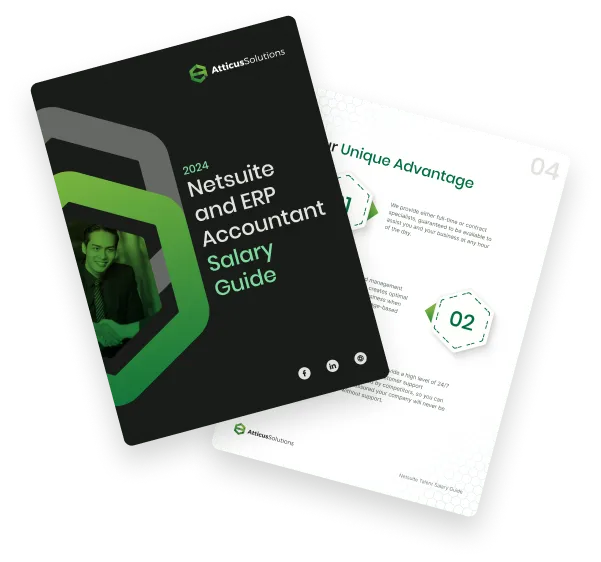The Cost of Change: Tips for Avoiding Financial Pitfalls in Professional Services Transitions

Have you ever faced the frustration of having a project transition from ACS to Professional Services (PS) simply because it exceeded a certain number of hours? This shift often means purchasing additional PS hours at the same rate as the original ACS contract, which can feel both surprising and unfair.
So, how can you navigate these challenges? Read on to learn practical strategies to manage and mitigate these hidden expenses.
Understanding the Financial Impact of Transitioning Services
Picture this: Your project starts under a 100-hour ACS contract but eventually stretches to 150 hours. The additional 50 hours now fall under a new PS contract, billed at the same rate. This shift can put a strain on your budget, especially if you planned to stay within the original cost.
Moreover, costs can quickly escalate if the project demands more resources or changes. Being aware of these potential expenses early on can help you plan better and avoid financial surprises.
The Hidden Costs of Transitioning Services
What should you anticipate when transitioning to professional services?
- Training Costs: This is one of the most frequent hidden costs. Your team may need to learn new software or processes, which can be both time-consuming and costly if you need external trainers.
- Data Migration Expenses: Moving information from your old system to a new one can be complex and may require outside expertise.
- Hardware and Infrastructure Upgrades: There could be unexpected costs for upgrading hardware or infrastructure. For instance, you might need new servers or equipment to support the new system, which can be expensive, especially for larger organizations.
Analyzing Direct and Indirect Expenses
When transitioning projects from ACS to Professional Services (PS), it’s crucial to understand both the direct and indirect costs involved.
Direct Costs
These are the expenses that arise immediately during the transition. For instance, if your project exceeds the hours covered under an ACS contract, you’ll need to purchase additional PS hours at the same rate. This can lead to significant extra costs. Other direct costs might include administrative fees related to managing new contracts or any extra fees for expedited service.
Indirect Costs
These costs are less apparent but can accumulate over time. They include potential disruptions in workflow as teams adjust to new processes or systems. There may be a temporary drop in productivity as employees adapt to changes. Additionally, the need for training on new tools or systems can impact your budget, as well as potential decreases in team morale during the adjustment period.
9 Tips for Minimizing Financial Pitfalls in ACS-to-PS Transition
When moving from ACS to professional services, it’s crucial to avoid financial pitfalls. Here are nine effective strategies:
1. Do Your Research
Be sure to understand contract terms related to exceeding hours and additional professional services (PS) hours. This knowledge will help you anticipate potential extra costs and manage your budget more effectively.
2. Negotiate Terms
Negotiate with your service provider to potentially avoid separate PS contracts or reduce their costs. Being upfront about your budget can lead to better pricing or terms.
3. Monitor Usage and Expenses
Closely track your project hours and expenses to avoid crossing thresholds that trigger additional PS costs. Regular reviews help keep spending in check and prevent unexpected financial surprises. Use project management and accounting software to stay organized and identify areas of overspending.
4. Evaluate Providers Thoroughly
Research potential providers thoroughly. Look for those with positive reviews and relevant industry expertise. Ensure their services align with your needs and that they have a track record of successful projects.
5. Review Pricing and Contract Terms
Understand the pricing structure and what’s included in the contract. Look for transparent pricing and flexible terms to avoid hidden costs. Set a realistic budget for the transition, prioritize essential services, and plan for unexpected expenses by setting aside a contingency fund.
6. Check Communication and Support
Ensure the provider has clear communication channels and offers ongoing support. Good communication prevents misunderstandings and ensures a smooth transition.
7. Develop a Transition Plan
Create a detailed plan for the transition, including scope, timeline, and desired outcomes. Assess the current state, define the future state, and establish a roadmap for execution.
8. Communicate with Stakeholders
Keep all relevant parties informed throughout the transition. Use clear and simple language to avoid confusion. Regular updates and clear instructions help prevent misunderstandings and additional costs.
9. Review and Adjust Your Strategy
Regularly evaluate your transition strategy. Check if you're meeting goals, staying on budget, and addressing any challenges. Adjust your timeline, pricing, or service offerings as needed based on your evaluation.
Main Takeaway
Navigating the transition from ACS to professional services can be challenging, with potential for unexpected costs and budget strains. By thoroughly understanding contract terms, negotiating effectively, and keeping a close eye on both project hours and expenses, you can avoid many common pitfalls.
Selecting the right provider and maintaining clear communication throughout the process are also crucial steps for a successful transition.
To overcome these challenges and ensure your transition remains on budget, it's essential to take proactive steps and make informed decisions.
For personalized guidance and expert support in managing your ACS-to-PS transition efficiently, book a call with Atticus Solutions today.
We’re here to help you navigate the complexities and achieve a smooth, cost-effective transition.
Frequently Asked Questions

Compare NetSuite ERP talent salaries
Attracting top NetSuite talent with clear job descriptions is the first step. Understanding salaries is your next key move! Download this free salary guide to view talent costs, offshore hiring tips, and more
Learn how to scale your business

What is Your Strategy for Finding Rare Skill Sets like NetSuite Accountants?
Join our talented team. We are a small, passionate team with a commitment to hiring the best.





